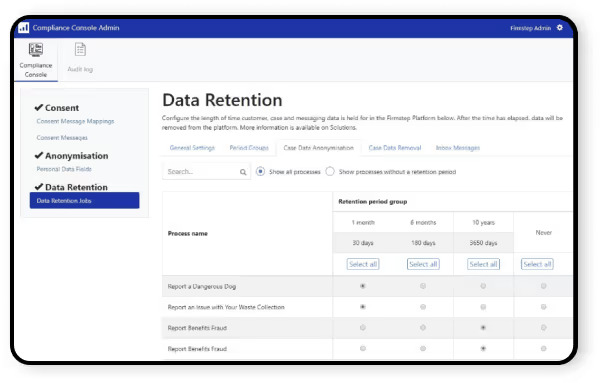Wunderman Thompson, a global marketing communications agency, aimed to create an AI-based platform for brand assurance.
Together with STX Next, they successfully optimized their daily operations through the deployment of an advanced Machine Learning technology, enhancing their workflow and efficiency.

Wunderman Thompson (current VML), a company constantly growing and accelerating new data, needed an ML solution that would evaluate the quality of their assets on a larger scale, speeding up the process. Their existing data-gathering process was a significant bottleneck – which slowed them down, creating a need to redesign their architecture.
Additionally, they designed The WPP Open Brand Guardian – an AI platform that can be plugged into the existing production process, allowing for brand governance – and sought a reliable partner to assist in developing it.


Schedule a call with experts at STX Next to learn more about AI solutions that speed up your work!
To address the client’s needs we created an advanced architecture, allowing existing models and algorithms to be reused and run on a large scale. The full scope of our work included:
Our team redesigned the existing architecture, introducing ML-focused microservices with better-defined responsibilities. By doing so, we were able to more easily auto-scale with an independent group of computing endpoints in Kubernetes.
STX Next suggested a messaging system for running most Machine Learning and computer vision tasks by multiple Celery workers in parallel.
We addressed the challenge of detecting undefined, custom image parts (logos, fonts, particular objects, etc.), and created a framework for generating new training datasets, using data augmentation and synthetic data.
Our experts developed an AI-driven platform, offering brand governance, inclusion, compliance with legal, industry, and market requirements, and creative excellence. It reviews creative assets and provides valuable and immediate insights.
The solutions implemented by STX Next’s experts helped Wunderman Thompson gain:
Real-time analysis of marketing materials' quality, logo presence, and font consistency guarantees easier navigation through thousands of data.
The messaging system allows Machine Learning and computer vision tasks to run in parallel, increasing efficiency.
Our highly efficient and robust AI module seamlessly integrates with all systems and enhances all operations, improving integration and performance.
The implementation of The WPP Open Brand Guardian ensured better brand governance and consistent, top-quality services, significantly increasing customer satisfaction.


Additionally, it was designed to manage a 100% increase in data volume seamlessly, ensuring no loss in performance.





Schedule a call with our experts to discover the benefits of partnering with STX Next.